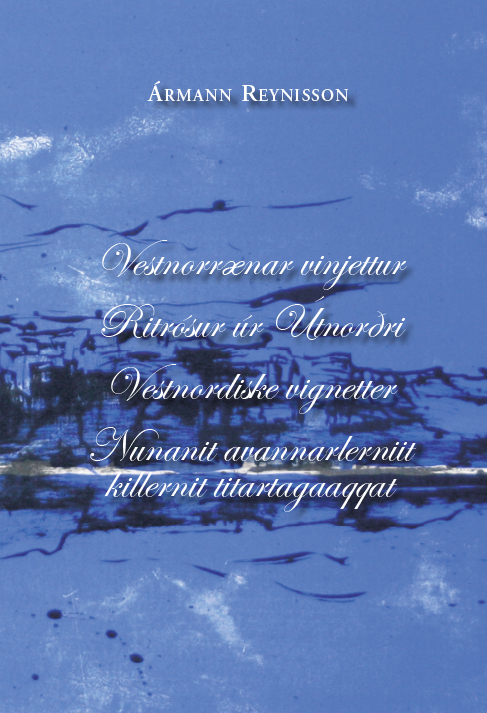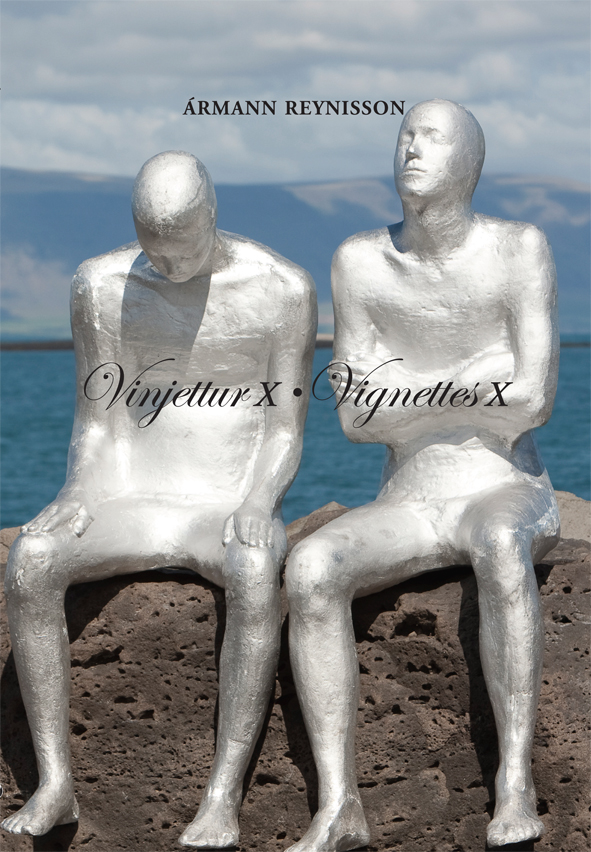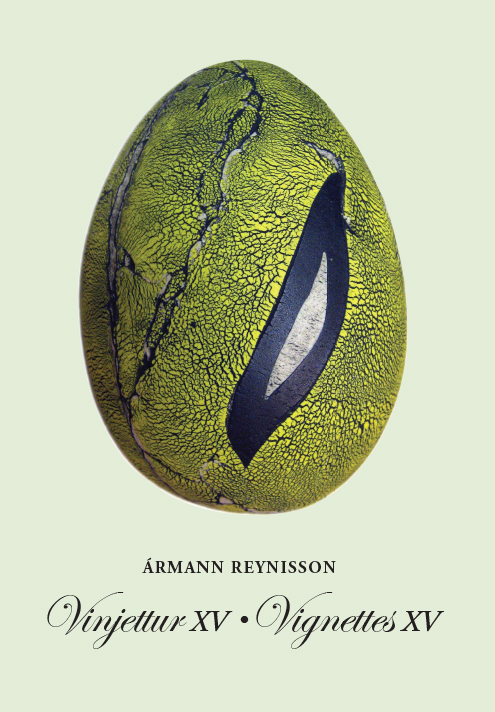88 Stories Around Reykjavík
In 88 Stories Around Reykjavík, Ármann Reynisson offers his readers a unique glimpse into Reykjavík society both in modern times and the past. His stories cover a wide variety of topics af áhugaverðum stöðum og náttúrustemmingum, sérstökum atburðum eins og bankahruninu 2008 og ekki síst skapandi fólki sem setur sterkan svip á borgina. The collection also contanis stories about gamalgróna veitingarstaði andrúmslofti þeirra og sögu nokkrum listmunabúðum as well as som mildly erotic stories. The stories in this collection are especially well suited for reading aloud and are intended ot be informarive and contemplative.
Chapters
The tulip party
The ambassadorial couple of a small country always did everything on a large scale so as to appear to be equal to diplomats representing any other world power. They continually compared themselves to the great, demanded the same salaries and perks as all the others. But that was not possible since their nation was about to open new embassies in various places about the world.
Skyr
Gradually, skyr fought its way back and was produced again using modern techniques. In time the demand increased, especially among foreign visitors who praised this tasty and natural dairy product that melts so softly in the mouth. The mysterious milky taste is both sour and slightly bitter, encapsulating the secrets of the country from which it comes. These days you can find skyr in countless different flavours and varieties adorning the shelves of shining supermarkets,
and it also has the distinction of being on the menu of the very best restaurants in town.
Grillið at Hótel Saga
Neither the season, nor the weather, make a jot of difference when a food lover arrives at the Star Hall to dine among good people, as the view always speaks for itself like the most tempting morsel of chocolate. And when New Year arrives it is as if a battle has commenced between the stars when the nation’s concert of fireworks are shot into the air in their many forms and the colours illuminate the room in a truly magical way.
Love and the truck
When they return to work, they discover they find themselves often thinking of one another. Gradually, they are consumed by lust and one afternoon when everyone else has left, they lose control. They embrace, kiss passionately, their bodies like detonating fuses wound together. As they take off their clothes, they hear the sound of a truck passing by loudly in the street outside the office. The passion suddenly dissipates and they lose interest in prolonging this intimacy.
The Björnssons
The Second World War rages and the Americans are dragged into the war after the attack on Pearl Harbour. Iceland, which is occupied by the British in 1939 becomes a highway for the movement of soldiers between the two continents. In the year 1941, the American army takes over the country and runs into difficulties in their relations with the natives. Therefore, the Western Icelanders, economist, Hjálmar, and communications specialist, Valdimar, the sons of Björn, a newspaper tycoon in Minneapolis, who both speak fluent English and Icelandic, are called to the White House in Washington for a meeting and discussion with President Roosevelt and the
military authorities. As a result, the brothers are sent to Iceland on a fregate. The warship lands at Miðbakki along Geirsgata on a gloomy December day. Stately men step down onto dry land in dark uniforms adorned with golden buttons and they wear caps on their heads. They stroll into the fish market, which is opposite the harbour and ask the director where Siggi at Geysi lives and they take one of Steindór’s taxis straight to Freyugata 43. Ingibjörg G. Eyjólfsdóttir lives there with her husband Sigurður Jóhannsson and their three sons. The housewife and Elín, Hjálmar’s wife, are cousins. It goes without saying that this family member should be given the front room during
his stay and Valdimar is given accomodation in the top room of Galtafell on Laufásvegur but, nevertheless, becomes a friend of the family at Freyjugata.
The place of protest
At a remote crossroads in a country without an army, an old man wearing an anorak stoops, almost motionless, his fingers clenched around a wooden shaft, about his own height, with a protest board attached at the top. In his other hand, which is trembling, a plastic bag swings to and fro. His head is bare in the sunshine. A breeze ruffles his grey hair. His face is harsh and tanned. His blue eyes stare fixedly in the same direction, as if they are looking right through
everything around him. He stands there on watch for hours on end most days, year in, year out. Few passers-by notice what it is he is protesting about any given time or form any opinion on the matter.
Elliðaár Valley
One does not have to search long to find a paradise in the centre of the capital, crafted by the hands of mother nature, a mountain river flows through it, in which tiny fish dance and salmon can be seen jumping up the waterfalls. The Elliðaár rivers trickle through the dale and through Reykjavík from the south out to the sea in the north. Arriving at Elliðaár Valley is rather like being
transported into the countryside, allowing a moment to enjoy peace and quiet from the hustle and bustle of city life and to enjoy the tranquility and sounds of nature. Embellishing the scene is an impressive array of birdlife – thrush, ducks, geese, swans and ravens, which become good friends of regular visitors over time. In times of old, there were some impressive clay estuaries in the lower part of the area, but these were filled in without reflection – causing irreversible damage. Also there are dog-owners strolling around with a wide variety of dogs in the area known as Geirsnefið (“Geir’s nose” – named after the city’s mayor at the time, Geir Hallgrímsson).



